Designing Playful Learning Experiences Using a Human Centric Design Approach
Designers often do not receive first hand experience and feedback of student response to their lessons. Here at Karkhana Samuha we adopt a human centered approach to designing lessons and kits putting students at the center of our design. To ensure that different characteristics of ‘play’ are integrated well into the lessons, Sameer and Akshay, teachers and lesson designers at Karkhana Samuha, have been constantly testing lessons they designed with the students they are designing for. Here, the two designers share insights and experience on play-based classrooms during the first 6 months of teaching with and designing PEBL (Playful Engineering Based Learning) kits.
Interview with Sameer, facilitator and content designer/developer for the PEBL course
1. Which content in general was received with the most excitement and interest? What kind of response did it get? Why do you think that is?

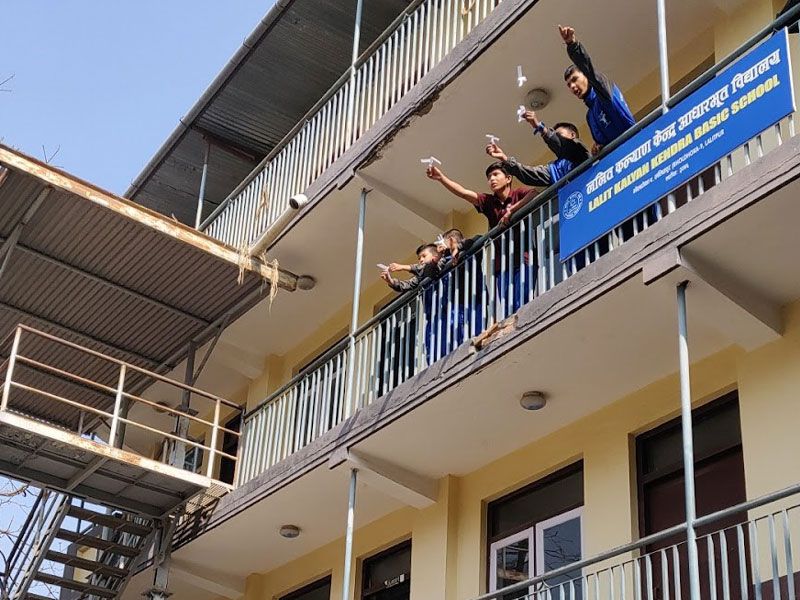
2. How was PEBL different from the other hands-on classes you have taught?
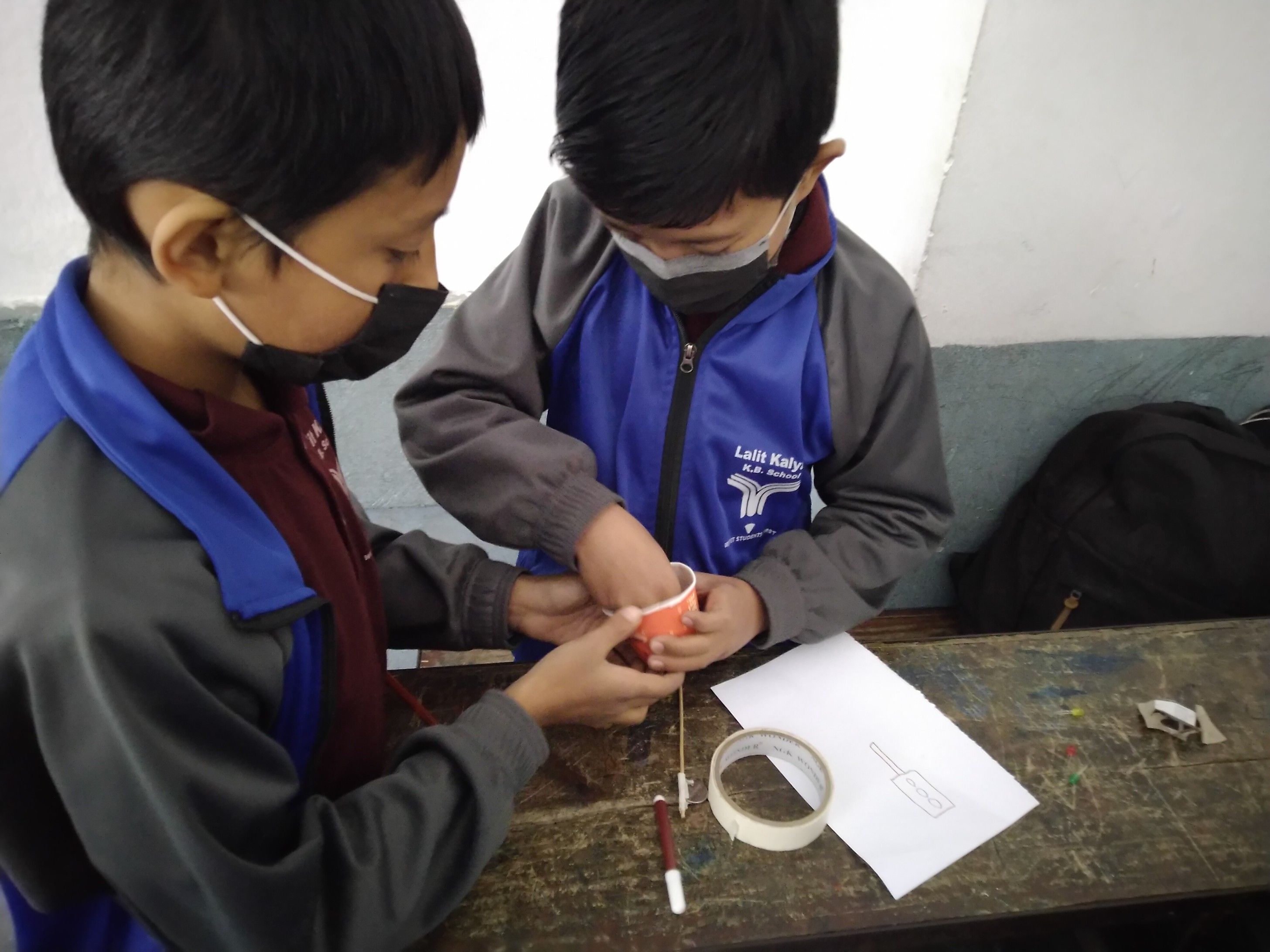
3. So what does a successful PEBL class look like?
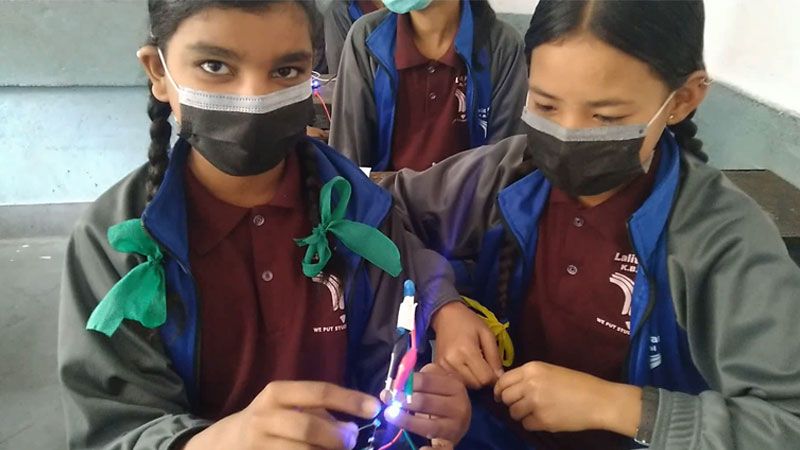
"What happens if the light from the LED falls on the sensor controlling it?" A curious question from the girls
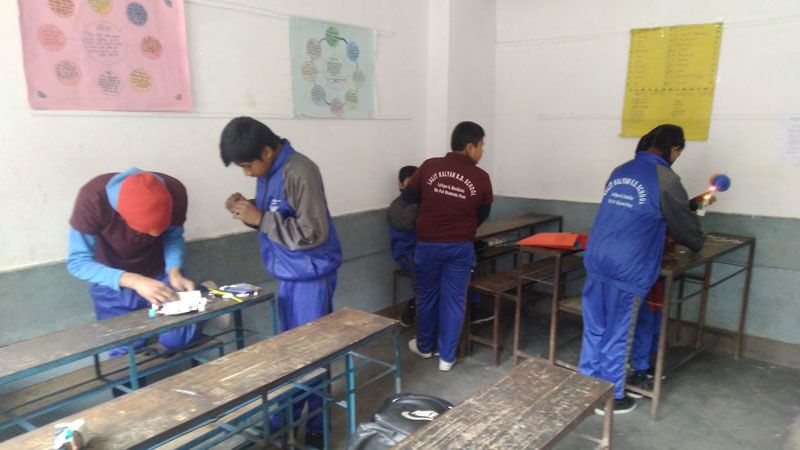
Students exploring their work from previous class while waiting for the teacher to arrive.
4. Are there any student stories that highlight growth or learning?
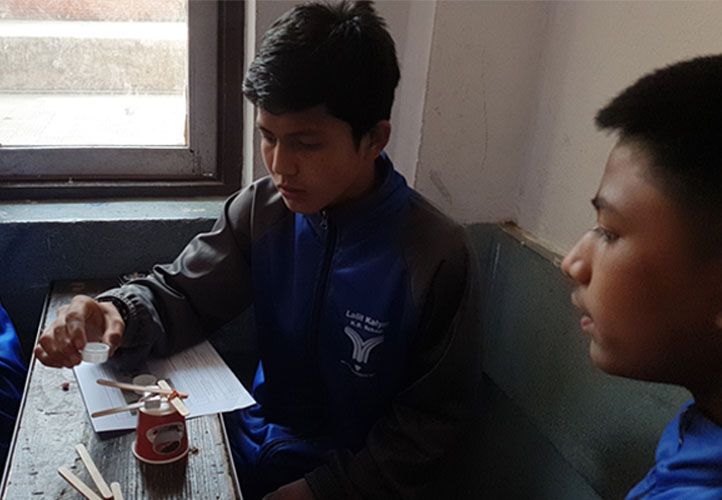
5. What did you learn as a teacher from facilitating this course?
This was the first time I facilitated the same group of learners over a period of time. Otherwise, I usually do one-off sessions with students. So I was able to build a pretty good relationship with the students. But I think I learned even more as a content designer. I was heavily involved in the design of PEBL classes, and facilitating these sessions gave me a chance to test those lesson designs. I learned a lot about the types of instructions that do and do not resonate with students. For instance, after I designed the hoop glider session, I had tested it myself and it worked pretty well and I thought it was a lot of fun to make as well. But when I was facilitating the session in class, I realized the instructions had too many variables that confused the students. The instructions were making too many suggestions on how to get the project to glide well. It was asking students to change the relative diameter, the length of the glider, and add wings to the side of the glider. Although those were suggestions, students ended up following all those instructions and wouldn't be able to discern which variables helped it fly best and which didn't.
I also got a lot of insights about lesson design from the periscope session. Usually, it's really difficult to fix the mirror securely on the periscope. Masking tape usually falls off and it's always a bit of a challenge. But during that session, I had unintentionally left rubber bands on students' tables. One group decided to pick up a rubber band and secure the mirror with it and it did a much better job than the masking tape had. Now we're going to switch the masking tape for rubber bands instead.
6. How effectively were you able to exchange ideas/experiences in the teacher community?
1. Which lessons were the students most excited by?
2. Did you observe any of these student insights transfer into their non-PEBL classes?
3. How did being in the designing/developing team influence your facilitation?
4. What did you discover about yourself as a teacher/facilitator?
I think being thoroughly familiar with the content really helped. Because we’d discussed in depth the objectives behind the smallest task or instruction, it helped in internalizing that the point was to learn rather than to finish. So right from the first session, I was focused on learning as accomplishment rather than on completion. This also led me to be flexible with the time I spent on certain lessons. I didn’t feel like I needed to finish a lesson within one class period. For example with the Greeting Cards lesson, I spent one session entirely on familiarizing the students to LEDs which most were playing with for the first time. We used two other sessions to then build the actual greeting cards.
I used to have this philosophy about teaching and education where I placed ‘understanding’ at the center of learning. I thought that teaching and learning was about making sure all students in a classroom reached a certain level of understanding about the concepts being explored. I think with courses like PEBL, I’ve shifted my focus a bit and now think more about making the learning process enjoyable too. Personally, the LtP online course was very helpful in shaping that change. Before the course, I didn’t know what to look for in class and wasn’t sure if I was doing a good job as a teacher. The course provided categories and names for classroom behavior which was very insightful. It also validated that in fact playful learning was happening in my classrooms.
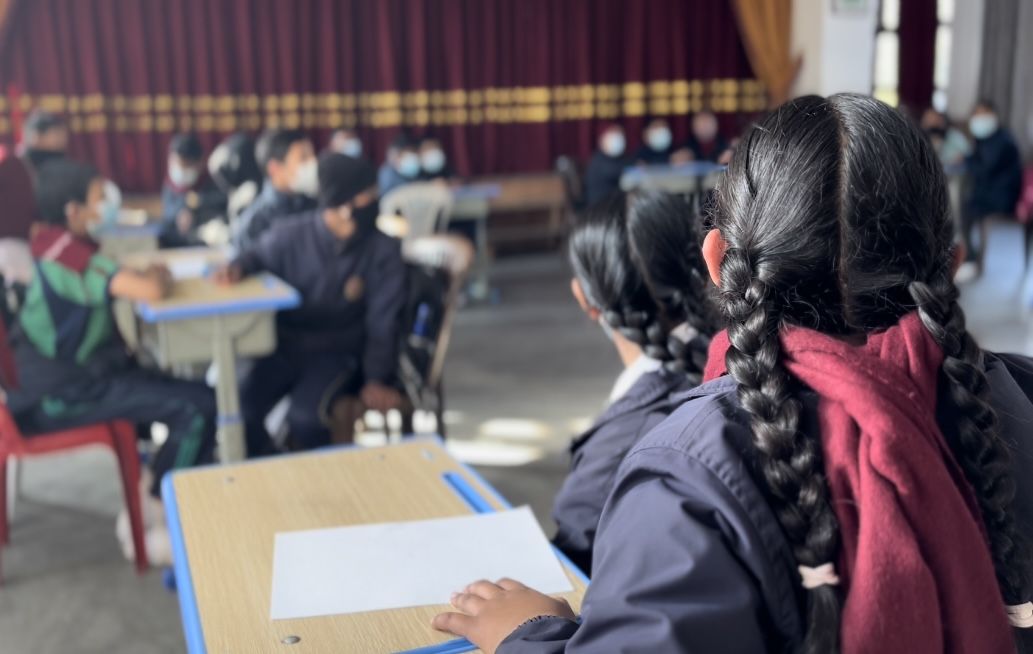
Students carefully listening to the Instructions for the paper tower challenge

Two students trying to come up with the idea of building a tower with an A4 sheet
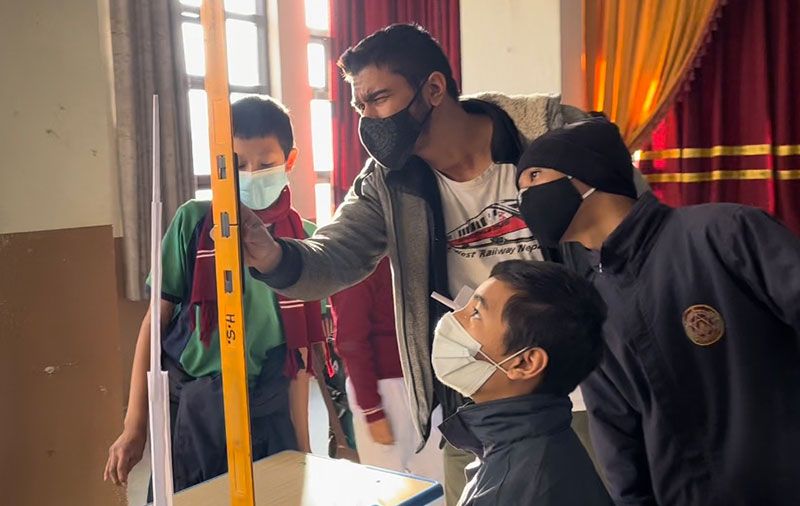
Students excited to get the height of their paper tower measured. (post photo: this was the group that built the tallest tower standing around 71 cm)